The Carnac Menhirs & Their Electromagnetic Properties
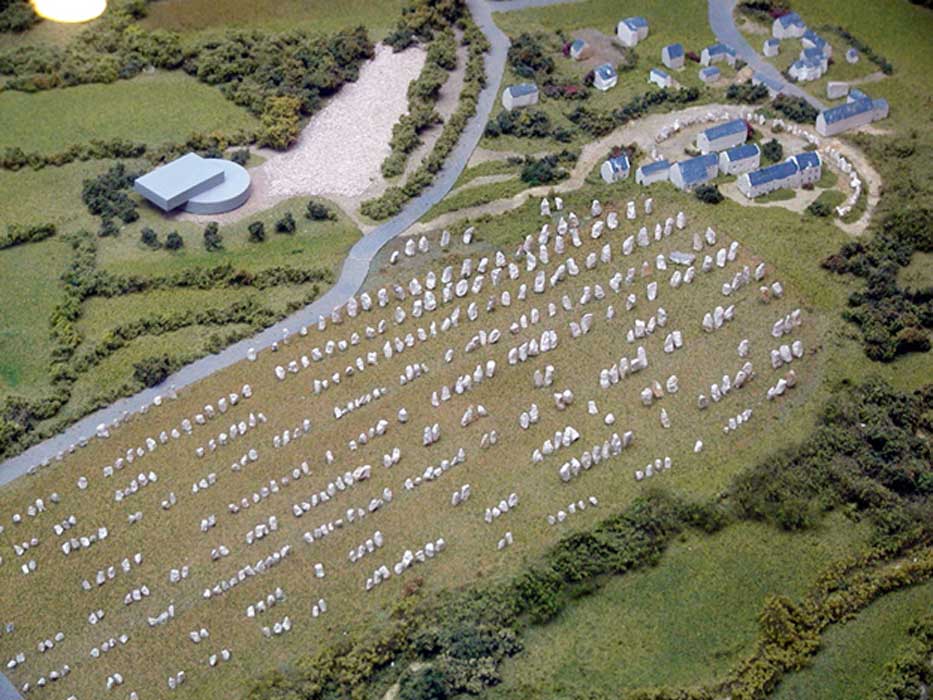
The Carnac menhirs are an exceptionally dense collection of megalithic sites in Brittany in northwestern France, consisting of stone alignments (rows), dolmens (stone tombs), tumuli (burial mounds), and single menhirs.
More than 3,000 prehistoric standing stones were hewn from local granite and erected by the pre-Celtic people of Brittany, and form the largest such collection in the world.
Most of the stones are within the Breton village of Carnac, but some to the east are within La Trinité-Sur-Mer.
The stones were erected at some stage during the Neolithic period, probably around 3300 BCE, but some may date to as early as 4500 BCE.
In recent centuries, many of the sites have been neglected, with reports of dolmens being used as sheep shelters, chicken sheds, or even ovens.
Even more commonly, stones have been removed to make way for roads, or as building materials.
The continuing management of the sites remains a controversial topic.
There are several alignments at the site, even though it’s generally thought they were part of a single enormous pattern, they became separated alignments due to the removal of many of the stones.
The biggest and most notable ones are the Mènec, Kermario, and Kerlescan alignments.

Eleven converging rows of menhirs stretching for 1,165 by 100 meters (3,822 by 328 feet).
There are remains of stone circles at either end.
According to the tourist office, there is a “cromlech containing 71 stone blocks” at the western end and a very ruined cromlech at the eastern end.
The largest stones, around 4 meters (13 feet) high, are at the wider, western end; the stones then become as small as 0.6 meters (2 feet 0 inches) high along the length of the alignment before growing in height again toward the extreme eastern end.
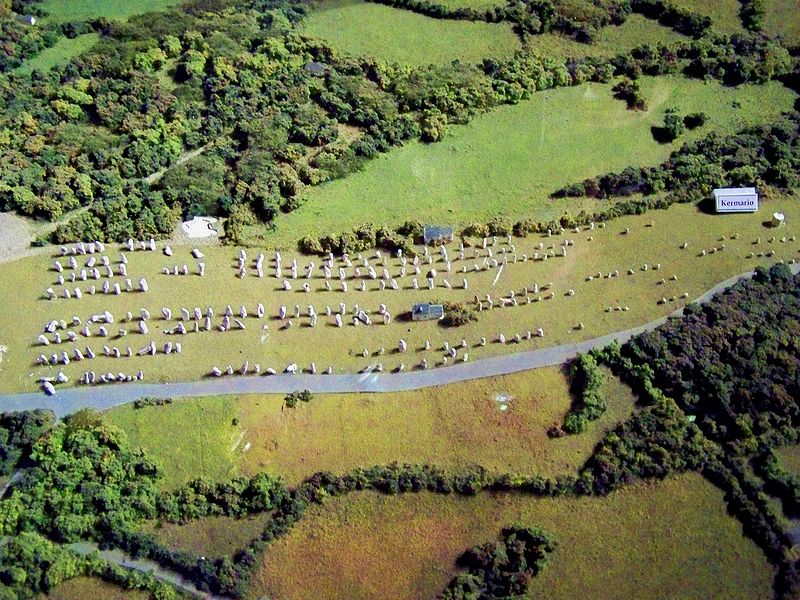
This fan-like layout recurs a little further along to the east in the Kermario alignment. It consists of 1029 stones in ten columns, about 1,300 m (4,300 ft) in length. A stone circle to the east end, where the stones are shorter, was revealed by aerial photography.

A smaller group of 555 stones, further to the east of the other two sites. It is composed of 13 lines with a total length of about 800 meters (2,600 ft), ranging in height from 80 cm (2 ft 7 in) to 4 m (13 ft).
At the extreme west, where the stones are tallest, there is a stone circle that has 39 stones. There may also be another stone circle to the north.
As it’s clear, there were megalithic structures and circles at the ends of each alignment.
In addition, several dolmens with megalithic stones weighing up to 40 tonnes fill the area. Even though they are thought to have served as tombs, no remains have been found inside any of the structures.
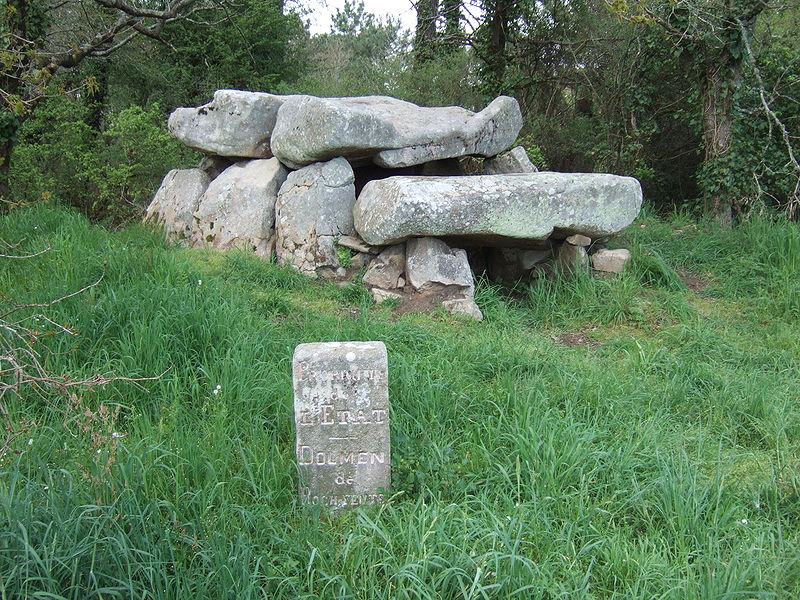
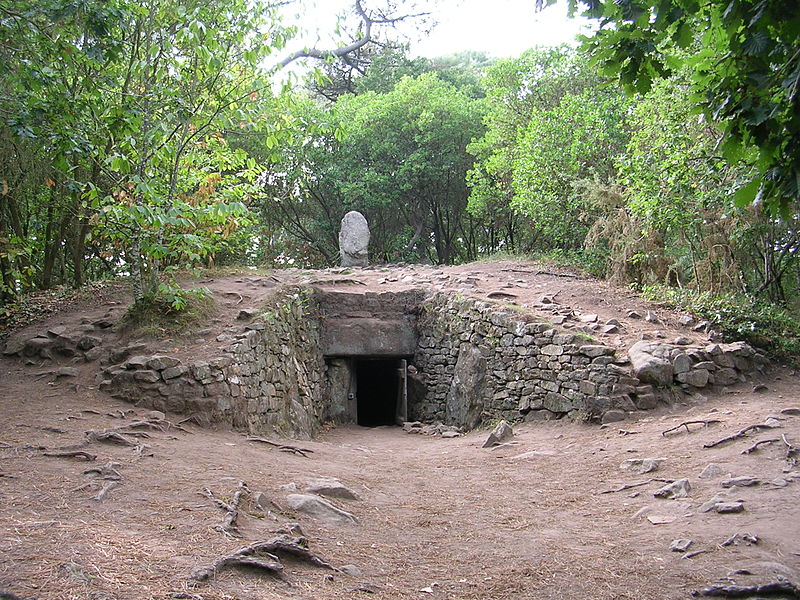
There are also other smaller stone alignments, some so neglected to the point of being almost swallowed by the woods of the area.
One notable squared alignment, known as the Manio quadrilateral, has got one of the biggest at the site menhirs at its end, dubbed the Manio Giant.
This massive menhir is 6.5 m (21 ft) tall and overlooks the nearby Kerlescan alignment.
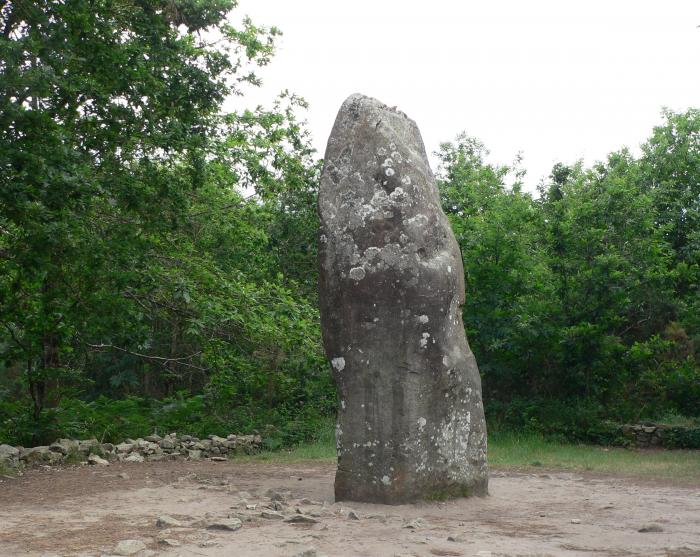
The Electromagnetic Properties
Researchers also studied the magnetic properties of the stones. The leading researcher Pierre Mereux, who was skeptical at first, concluded that the dolmens amplify and release telluric energy throughout the day, with the strongest readings occurring at dawn.
The voltage and magnetic variations are related, and follow a phenomenon known as electric induction.
According to Mereux, “The dolmen behaves as a coil or solenoid, in which currents are induced, provoked by the variations, weaker or stronger, of the surrounding magnetic field. But these phenomena are not produced with any intensity unless the dolmen is constructed with crystalline rocks rich in quartz, such as granite.”
This conclusion would mean that the stones were built on purpose.
His readings of menhirs reveal an energy that pulsates at regular intervals at the base, positively- and negatively charged, up to thirty-six feet from these upright monoliths, some of which still show carvings of serpents.
Extreme pulsations recycle approximately every 70 minutes, showing that the Carnac menhirs charge and discharge regularly.
